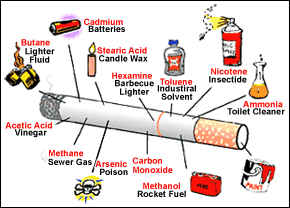
This is something BIG. This is something that can and will save lives- even millions each year. World Health Organization (WHO) Director General Margaret Chan said, "We hold in our hands, the solution to the global tobacco epidemic that threatens the lives of one billion men, women and children during this century." That would be about 10 million lives a year for the next 100 years! If this tobacco epidemic is not addressed, it would claim the equivalent of the entire population of the state of Michigan (the 8th most populated state in the U.S.) every year for the next century!
Unfortunately, very few people know about this world treaty; the treaty that has been the most widely embraced treaty in all of UN history. It is the WHO Framework Convention on Tobacco Control (FCTC). In response to the globalization of the tobacco epidemic the WHO took charge and formed the FCTС, which provides countries with a framework of proven public health policies and strategies that, when adopted, will reduce supply and demand of tobacco products. Since it opened for signature in June 2003, the treaty has received 168 signatories and covers 85% of the world population.
While the WHO FCTC has made huge strides in combating the global tobacco epidemic, there is still much to do. Even after a nation ratifies the treaty, it is then up to that nation to implement it, which will demand much enthusiasm and political commitment. Our advocacy of the treaty is greatly needed, especially here in the United States where we are yet to ratify the FCTC. That should be humiliating to a country that prides itself in being a world leader (for more information on the United States and tobacco control, read The United States: No Longer a World Leader in Tobacco Control.
For more details on the FCTC please visit the World Health Organization.





